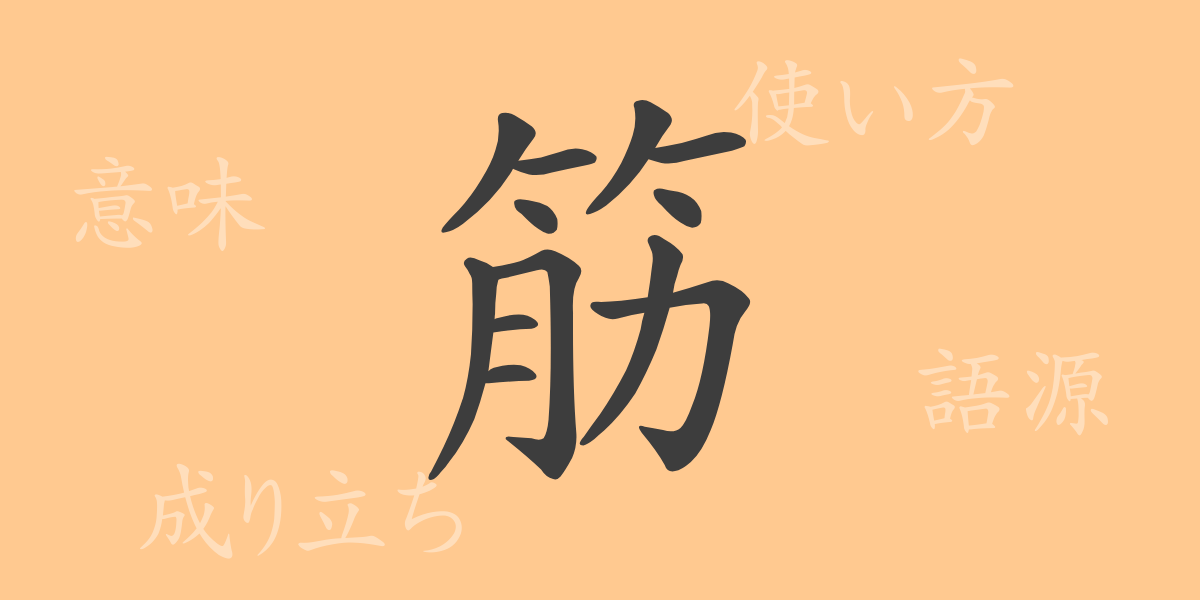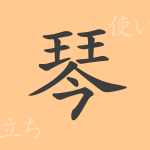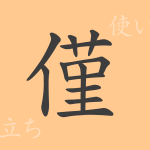In the Japanese language, numerous kanji characters exist, and among them, “筋(すじ)” is particularly frequent in daily life. This article delves into the rich history, meanings, uses, and related idioms and phrases of the kanji “筋(すじ).” For those interested in Japanese culture and language, as well as Japanese language learners, the world of “筋(すじ)” is full of allure. Let’s explore its depth together.
Origin of 筋(すじ) (Etymology)
The kanji “筋(すじ)” originates from ancient pictographs that represented ropes or threads made from bundled bamboo. It initially combined “⺮(たけかんむり)” (bamboo) with “糸(いと)” (thread), symbolizing the essence of things or their direction. From this form, the meaning of “筋(すじ)” as the essential flow or direction of things emerged, evolving into various usages over time.
Meanings and Uses of 筋(すじ)
The kanji “筋(すじ)” literally refers to “muscles” or “lines of objects.” Figuratively, it represents concepts like “reason or logic,” “proper means or methods.” It is also used to indicate logical flow or legitimacy in expressions like “筋道を立てる(すじみちをたてる)” (to set out a logical course) and “筋が通る(すじがとおる)” (to be consistent or logical).
Readings, Stroke Count, and Radical of 筋(すじ)
The kanji “筋(すじ)” has several readings in Japanese.
- Readings: The on’yomi (Chinese reading) is “キン,” and the kun’yomi (Japanese reading) is “すじ.”
- Stroke count: The kanji “筋(すじ)” consists of 12 strokes.
- Radical: The radical is “竹(たけかんむり)” (bamboo).
Idioms, Phrases, and Proverbs Using 筋(すじ)
There are numerous idioms, phrases, and proverbs that include “筋(すじ).” For example, “筋金入り(すじがねいり)” means someone or something genuine or strong, “筋を通す(すじをとおす)” means to stick to one’s principles or beliefs, and “一筋縄ではいかない(ひとすじなわではいかない)” refers to a difficult situation that cannot be resolved easily. These expressions showcase the richness and expressiveness of the Japanese language.
Conclusion on 筋(すじ)
The kanji “筋(すじ)” plays a significant role in the Japanese language, from its physical representation to abstract concepts. This kanji broadens the range of expression in Japanese and teaches the depth of the language. For Japanese language learners, understanding the meanings and cultural backgrounds embedded in such characters is highly beneficial for mastering the language.

























